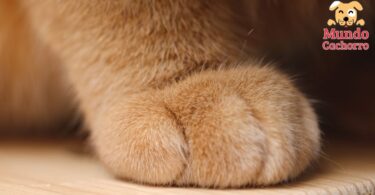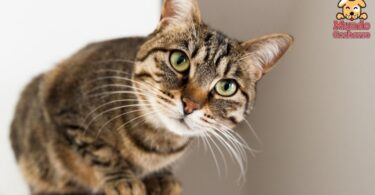Occasionally and for different reasons, it may be necessary to make a change in your cat’s diet. The causes can be varied, but if you have to make a change of food for your kitten, in this post we leave you some tips so you can do it without affecting it.
Indice
For your cat to maintain an adequate state of health, it is necessary that it receives a diet adapted to its needs. In addition, it is preferable not to make changes in your diet, unless this is strictly necessary. If you do have to make the change, it should be done progressively. This will ensure that you avoid disorders such as vomiting, diarrhea and others.
Changing your cat’s food
It is recommended that the average time frame for changing your cat’s food is about seven days. This will give you the opportunity to reduce the risk of gastrointestinal disorders and also prevent your cat from rejecting the new food. In fact, it can be a fairly common behavior for kittens to refuse new foods.
The best way to offer your cat is to progressively increase the amount of new food, while reducing the amount of food he will stop eating. A formula for making the change can be as follows:
- Days 1 and 2: Offer ¾ parts of their usual food and add ¼ of their new food.
- Days 3 and 4: Offer half of their usual food and half of their new food.
- Day 7: Offer 100% of new food
In this way, you will be able to notice if the new food causes any disorder to the kitten. One recommendation is to maintain your feline pet’s general feeding routine to avoid unnecessary stress. You can respect the usual times you feed your cat, as well as the place where he eats.
It goes without saying that if in the process of changing food there is any sign of disorder such as vomiting or diarrhea, or any other unusual symptom, it is prudent to discontinue the new food and consult a veterinarian.
Why change the food
There are a few reasons why you might need to make changes to your cat’s diet. For example:
- Different ages. Cats progress from kittens to adult cats and then to senior cats. At any given time, there are special nutritional needs to be met. This is why each stage will have special requirements. The veterinarian will be able to tell you what changes to make at any given moment and following our advice the change will be successful.
- For health. When a cat is spayed or neutered, you may need to change the way you feed it. That is, there are special foods for sterilized cats. Other diseases such as diabetes also require a special diet to be prescribed by the veterinarian.
- Incorporate other foods. In case, for example, you need to incorporate wet food to the diet, when he has usually eaten dry food. This would be switching to mixed feeding
Image courtesy of https://pixabay.com, all rights reserved.







